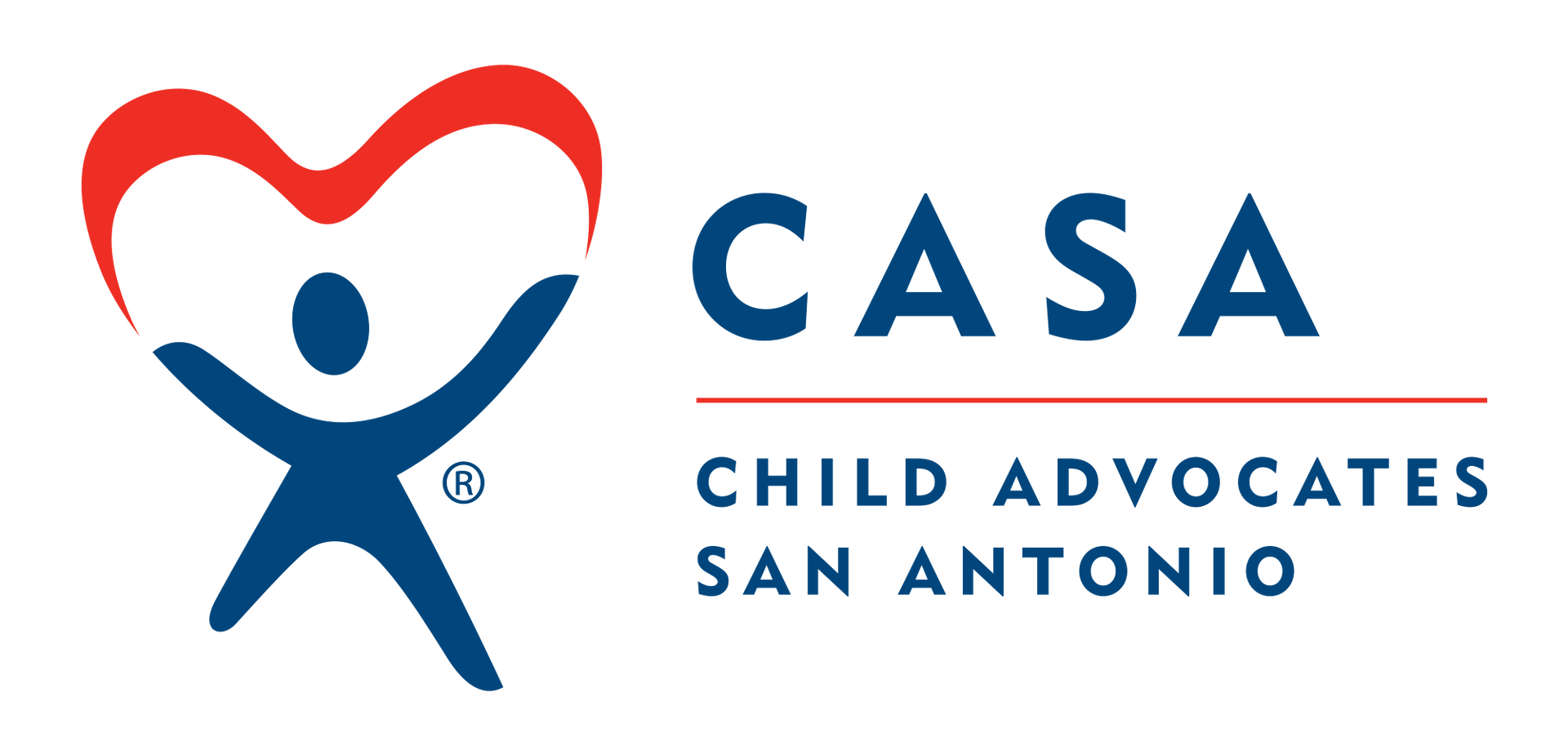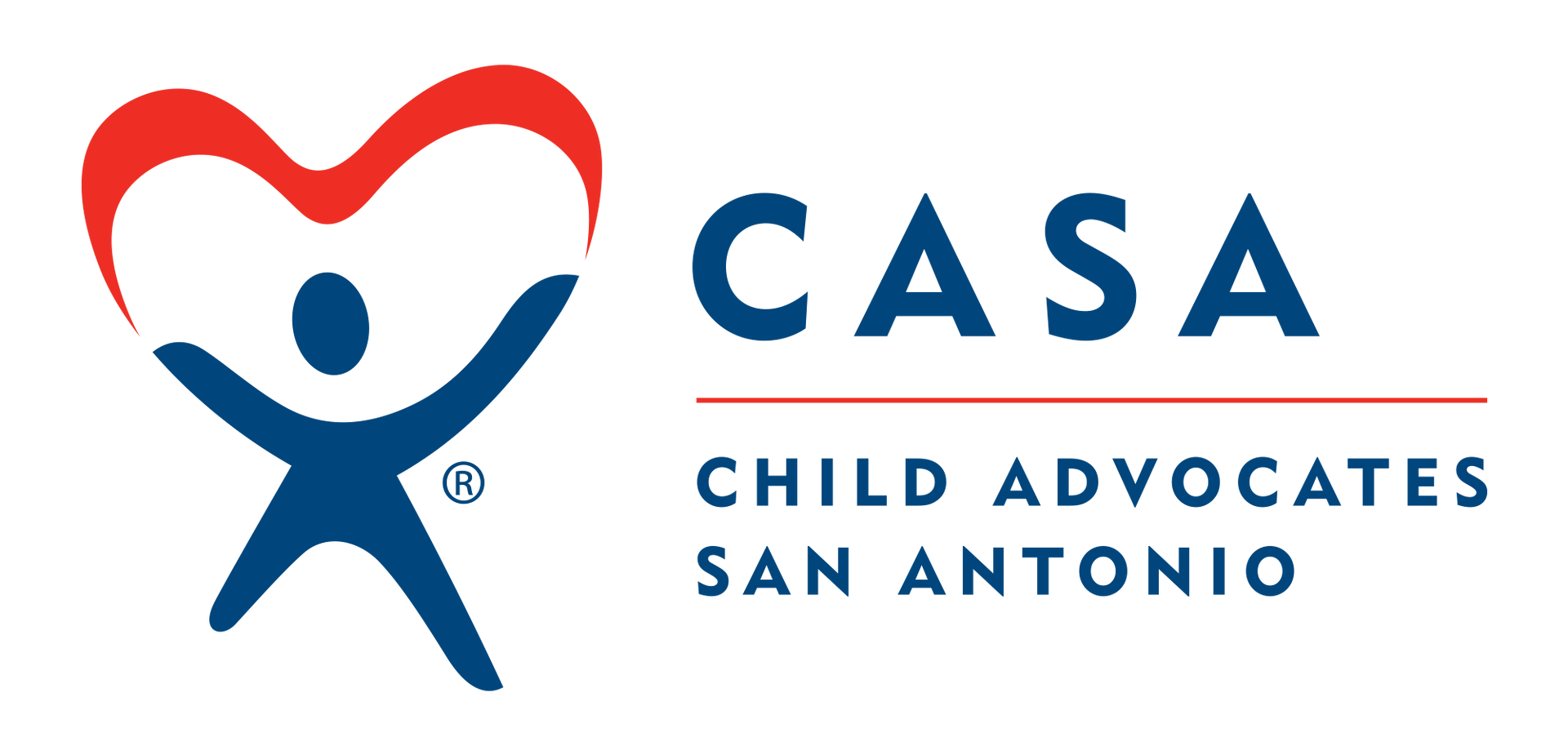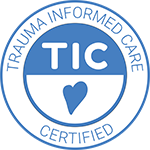May Advocate Spotlight
Monique Thibodeaux
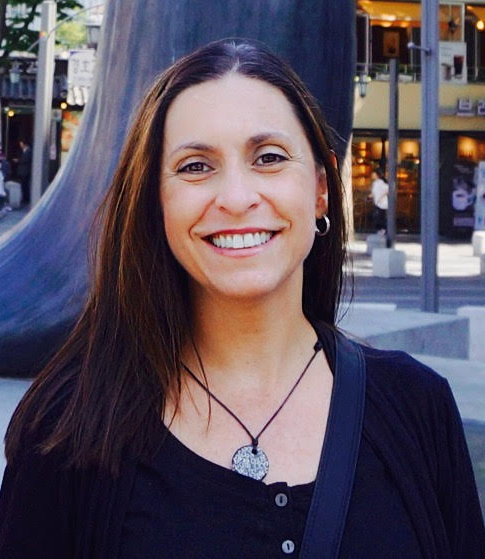
1. How long have you been an Advocate and when did you realize you wanted to become one?
I’ve been an advocate since June 2019. I had moved to San Antonio the previous year and was looking for ways to volunteer and get involved in the community. I was interested in working one on one with kids and was hoping to learn something new in the process. I didn't know anything about CASA until I started seeing the banners around town but that got me to attend one of the info sessions. It’s been a wonderful experience getting to know my two CASA kids and I’ve learned so much about child advocacy and the foster care system as well.
2. What is the most rewarding aspect of being an Advocate?
The most rewarding aspect for me was the times I was being able to be there for my kids when their needs would have gone unmet without a CASA. This happened recently during the holidays when one of my kids, a young teen, was in crisis but couldn’t reach her caseworker or family members. She called me daily during that time and I could tell that having my support made that period a little easier for her.
3. If you could offer some words of encouragement to your fellow and incoming Advocates, what would they be?
There is a lot to learn but the professionals I’ve interacted with have been very understanding of the CASA’s role and very helpful. Ask lots of questions. Your CASA supervisor will be there with you every step of the way to support you.
Also, be patient with the court case. I’ve been on the same case since being sworn in 18 months ago and it has had lots of ups and downs. There were times when I was concerned about the direction things appeared to be heading. Focus on advocating for the children’s needs and being available for them. Just being there through a difficult period of their lives will mean a lot.

During their TMC case, Nanette was assigned to two young ladies who shared a deep and loving bond with their toddler brother, who had been removed under a separate case. Recognizing that these young ladies had taken on caretaker roles for their brother, Nan wanted their visits to be safe, joyful, and centered around sibling connection rather than responsibility. Understanding the importance of preserving this relationship, Nan amplified the girls’ voices and advocated for consistent, meaningful visits while separate permanency options were being explored. She collaborated closely with the younger brother’s adoptive placement, the girls’ group home, and later their foster placement to create opportunities for the siblings to spend quality time together. When Nan was later assigned to the younger brother’s case during PMC, she was finally able to personally ensure that all three children shared visits outside of the CPS office—providing natural, family-centered experiences that strengthened their bond. Despite the children being on different permanency tracks, living in three separate placements, and facing numerous setbacks, Nan’s commitment to maintaining their connection never wavered. Eventually, the youngest child was adopted. Thanks to the strong, trusting relationship Nan had built with his adoptive family, she was able to continue arranging sibling visits even after his adoption was finalized. Nan coordinated fun, family-oriented outings where the children could enjoy time together and simply be siblings. Soon after, the middle child was also adopted. Nan ensured that all siblings were present to celebrate these important milestones in each other’s lives. She continues to organize opportunities for the siblings to connect and advocates for the oldest youth, who plans to transition out of foster care when they are older. Nan’s focus has always been on the well-being of the children. Despite challenges and complex case dynamics, she remained steadfast in ensuring that the children’s needs and wishes guided every decision. Her dedication to preserving the sibling bond demonstrates her deep understanding of how essential family connection is to achieve true permanency and emotional stability.
